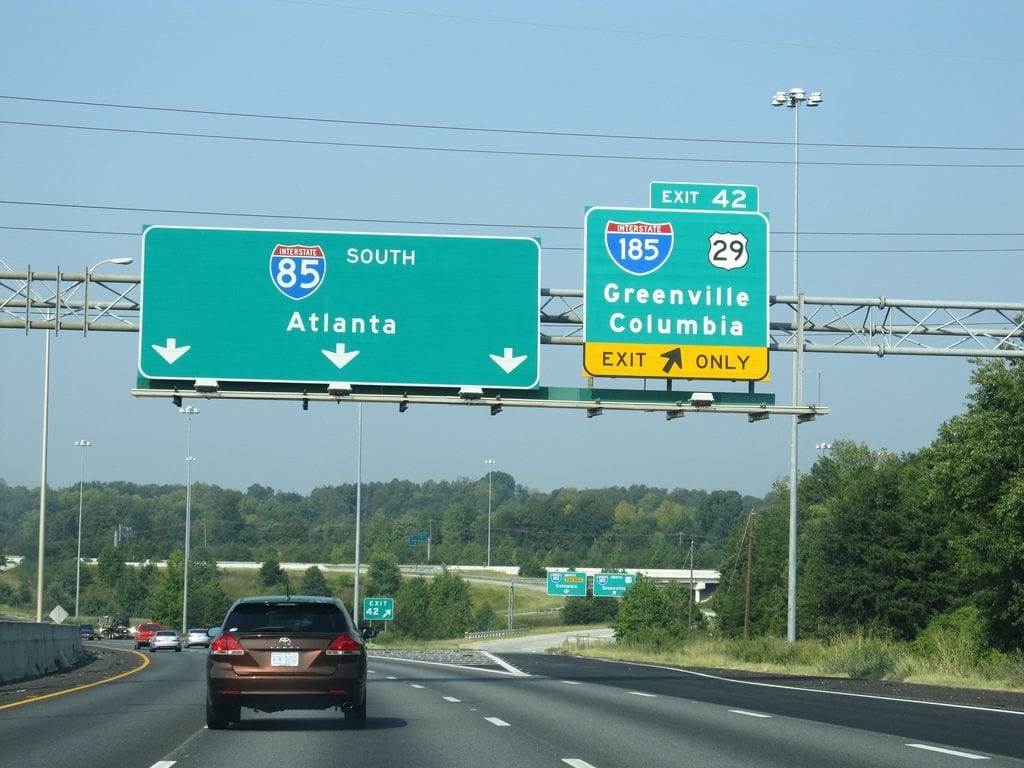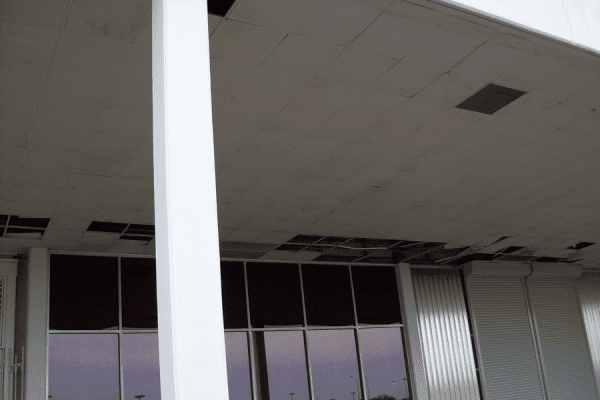What We Know About Why the Atlanta Bridge Collapsed
On March 30, 2017, a massive fire took out 700 feet of bridge near downtown Atlanta along the I-85 corridor. Three suspects were arrested in connection with the fire. All three appear to be homeless individuals and no motive is known. What we do know is that officials say Basil Eleby, the prime suspect, was using drugs under the bridge and set fire to a chair that was sitting on top of a plastic grocery cart. This blaze ignited materials that had been stored under the bridge since 2009, including large quantities of plastic HDPE piping.
Officials say that it is common to store materials under bridges. The Atlanta Journal-Constitution investigated and found that security was poor around the area, and that furthermore, the state does not have good records of what materials are stored under bridges elsewhere in the state. GDOT officials say that the pipes were not flammable and not a safety concern until someone set them afire. Ultimately, the courts will have to decide who is to blame, but what we do know is that once the HDPE pipes were aflame, the heat from the fire caused key supports under the bridge to buckle and give way, leading to complete collapse.
Why Replacing a Bridge is Complicated
Rebuilding a bridge is never simply a matter of connecting pieces like a giant Lego set. As in any construction project, time must be made for planning, designing, inspecting, materials acquisition, crew availability, construction, more inspections, and commissioning. In the case of bridges in particular, plans must be made to accommodate and connect the existing road structure on either side and, importantly, time must be made for curing the concrete, which cannot safely be hurried.
Due to these many complexities and the high cost, sometimes bridges are never rebuilt, as was the case with Gertie, the bridge that famously twisted and collapsed in the wind in Tacoma in 1940. In the case of the Atlanta bridge, however, time was of the essence. I-85 is a major artery in a city that already experiences significant congestion, and it also connects areas of the deep south with the rest of the Eastern United States.
How Atlanta Replaced the Bridge in 45 Days
Initially, officials said that the bridge, and therefore that portion of I-85, would be closed “indefinitely.” Then they said it would be several months before the bridge was opened again. But in late April, the contractor on the project confidently announced a completion date of June 15. Finally, in early May, they revised their completion date to “in time for Memorial Day.” By May 16, the project was done and the bridge reopened.
Any property manager who has ever hired a GC knows it’s almost unheard of for a project to finish early, let alone 25% or more early. How on earth was this done so quickly? And, importantly, how can a project that was completed so quickly possibly be safe?
Here’s how Atlanta went from no bridge to safe bridge in less than 60 days.
One: Incentives
Within hours of the collapse, Georgia’s Governor Deal declared a state of emergency for Fulton County. Shortly thereafter, the Federal Highway Administration offered $10 million in emergency relief funds for repairs. Georgia’s Department of Transportation in turn offered significant incentives to any contractor who could complete the work quickly without compromising safety:
- $3.1 million extra for completion by May 15
- $2 million extra for completion by May 21
- $1.5 million extra for completion by May 25
This, combined with an already generous price tag for the work (estimated at $16.6 million), encouraged healthy competition for the job. C.W. Matthews, a well-established firm with extensive experience in infrastructure projects and the resources to work quickly was chosen for the project.
Two: Round the Clock Pressure
Crews worked 24/7 on the bridge from start to finish.
Three: Ideal Conditions
According to GDOT Director of Construction, Marc Mastronardi, conditions for construction were “best case” throughout the project. From construction material acquisition, to the availability of work crews and good weather conditions, the work was able to proceed without delays.
Four: Quick-Curing Concrete
One of the largest barriers to quick construction is the time it takes for concrete to dry. C.W. Matthews took advantage of new concrete technology that uses a finer grain material, and dries much faster than regular concrete. While standard concrete requires about a month from pour to set, the new material sets and gains strength in just a few days. The material is more expensive than standard, but provided the advantage of speed.
But Is It Safe?
Naturally, a lot of people want to know if a bridge built in 45 days can possibly be safe. According to C.W. Matthews, not only is the bridge safe, it is the “most-inspected piece of bridgework” they’ve ever done. Right after the bridge fire, GDOT declared that safety was their primary concern with the reconstruction, and they have stood by that throughout the project.
Atlanta’s blazingly fast bridge project provides a useful example of how construction doesn’t have to be slow and frustrating. With the right planning, people, conditions, technologies, and incentives, projects can come together surprisingly quickly.






